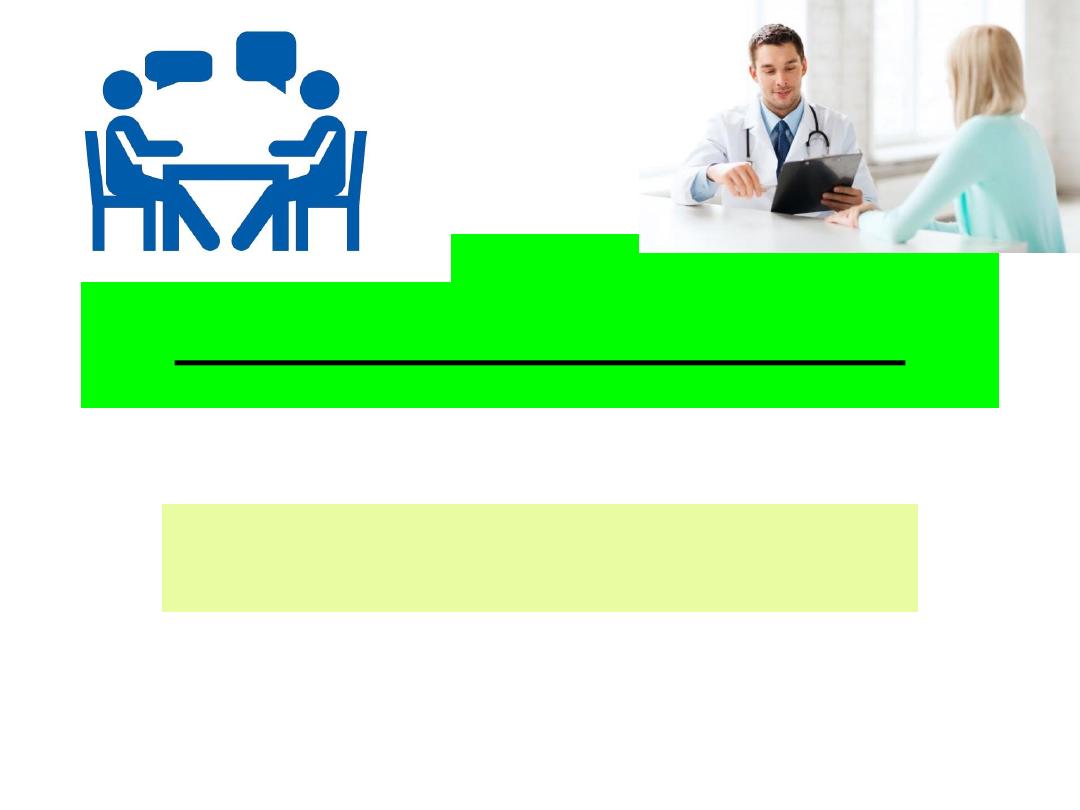
The Consultation
Dr. Zaid M. Yassen
Assistant Professor Family Medicine
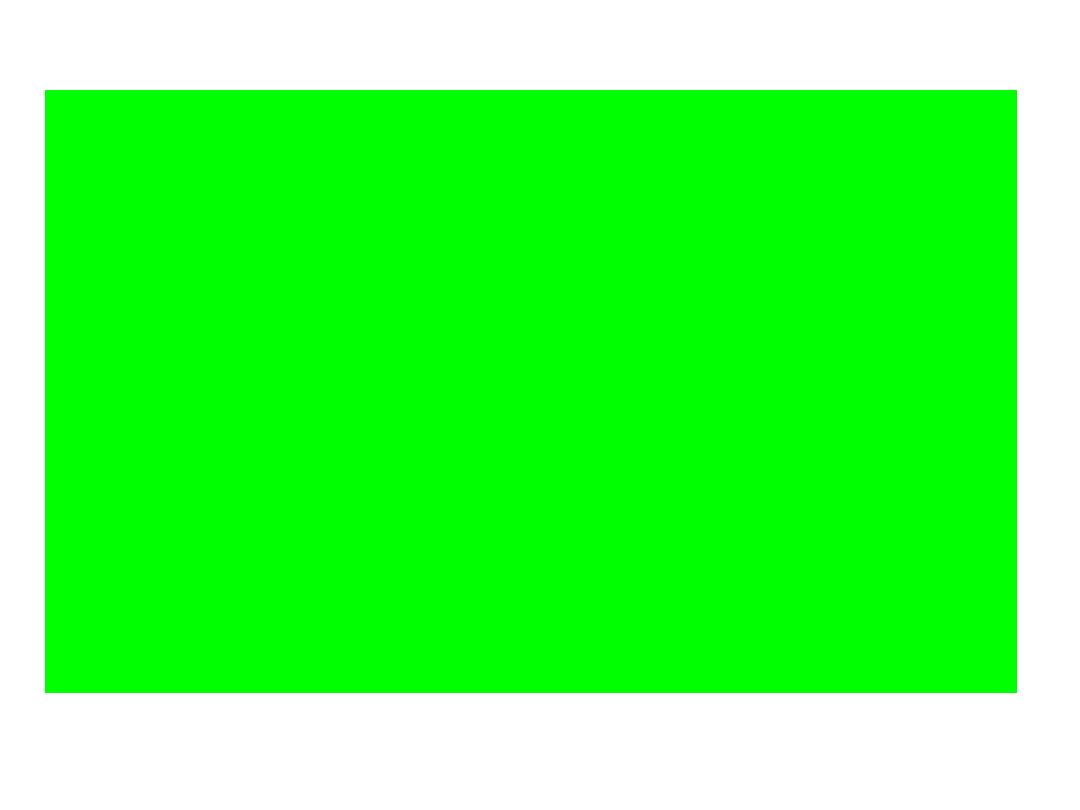
2
Objectives:
At the end of this lecture the student
should be able to:
1- Define consultation.
2- List the routine tasks of consultation.
3- define the elements of patient
management.
4- list the indications of prescription and
referral.
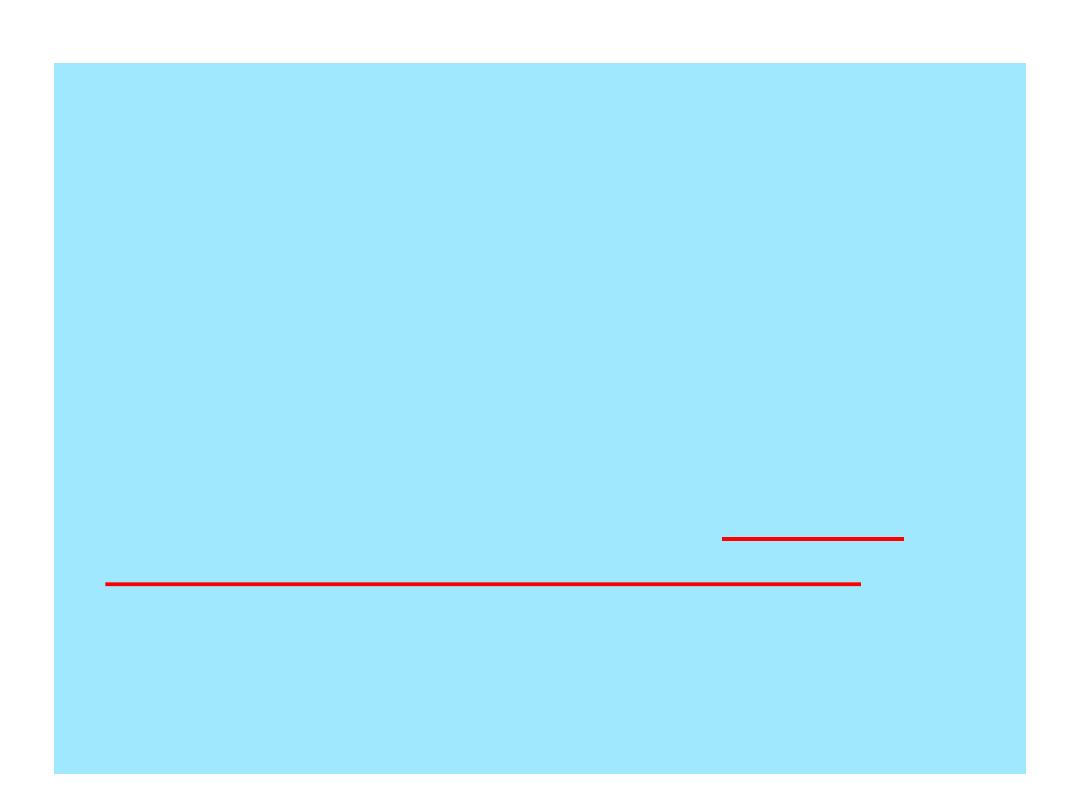
3
• The essential unit of medical practice is the
occasion when, in the intimacy of the
consulting room or sick room, a person who is ill
or believes himself to be ill, seeks the advice of
a doctor whom he trust.
“Sir James Spence”
•
Consultation is central act of medicine.
• Any problem defined in terms of
physical
,
psychological
and
social
components.
• Effective consultation is one that achieves the
desire outcome.
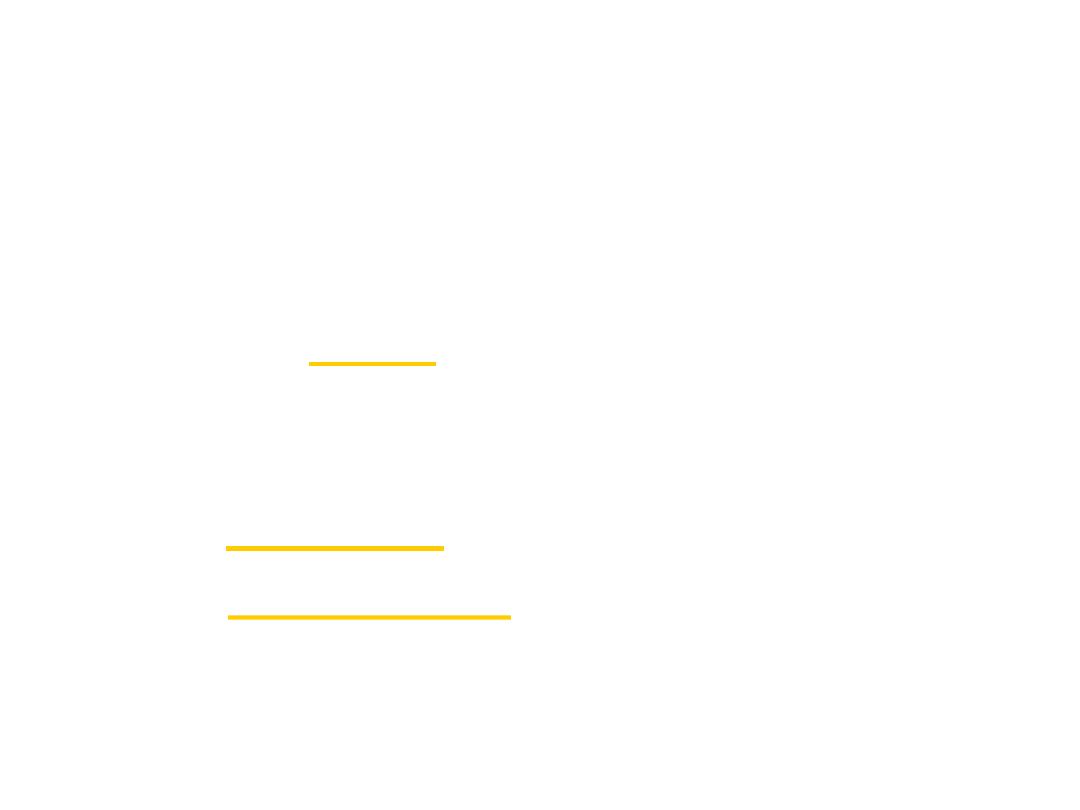
4
Patient comes to consultation with
problems that may have physical,
psychological and social dimensions
but also has:
• His own
ideas
about the nature of the
problem, its causes, its importance
and possible outcome.
• Own
concerns
about the problem.
• And
expectation
about the medical
care that he is about to receive.
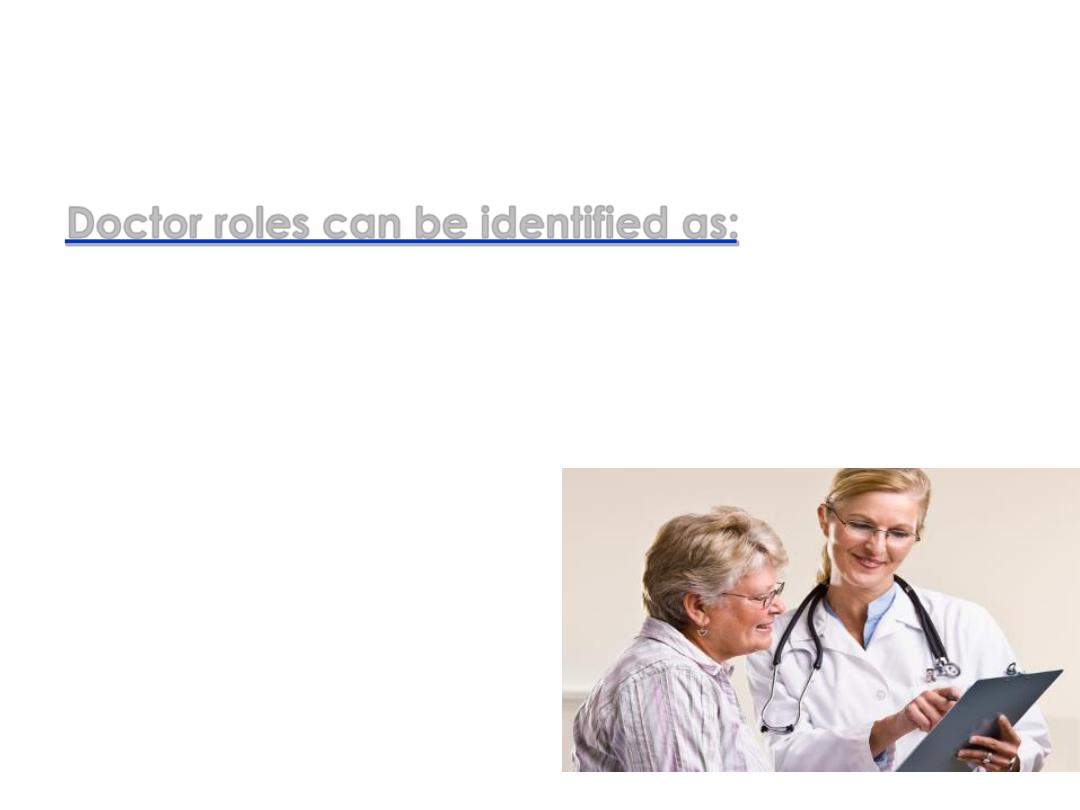
5
Doctor roles can be identified as:
1. Problem definition.
2. Management.
3. Caring.
4. Support.
5. Prevention.
6. Education.
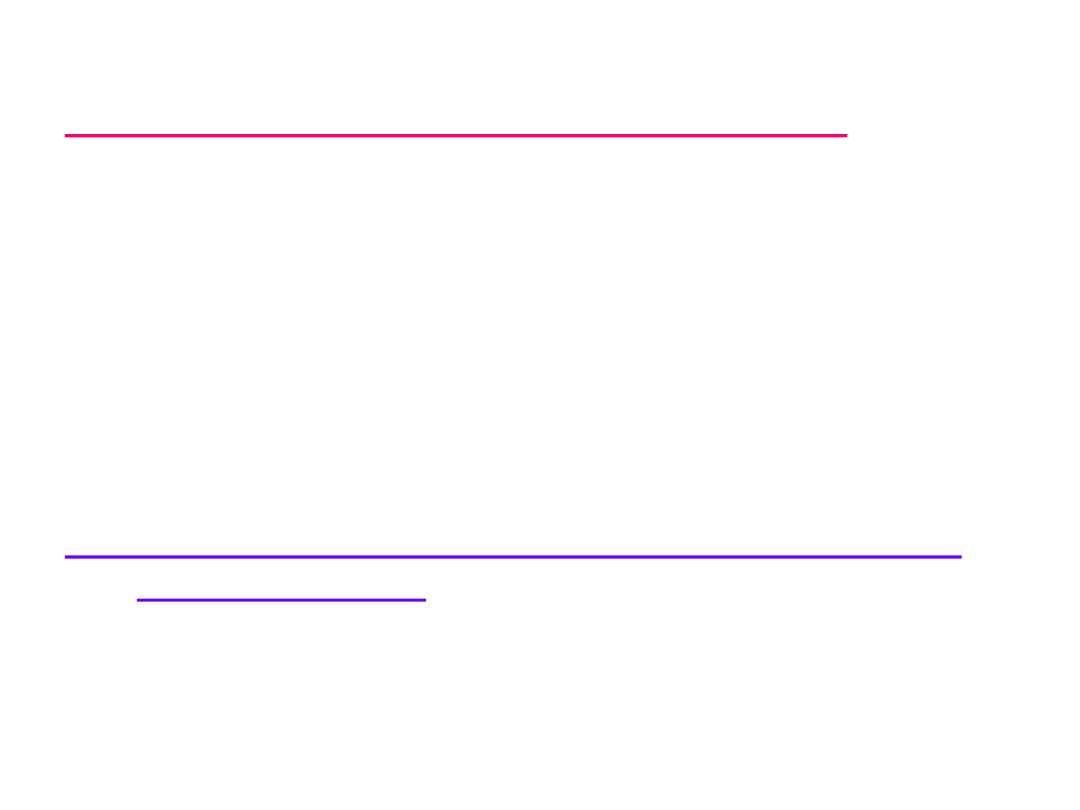
6
The consultation consists of two distinct parts:
A- The
interview
in which the doctor seeks to discover why
the patient has come to seek help.
B- The
Exposition
in which the doctor informs the patient of
his conclusion and diagnosis and what treatment and
advice he considers the patient needs.
The opening of the consultation is the key to putting
patients at ease.
(You do not get a second chance to create a first
impression)
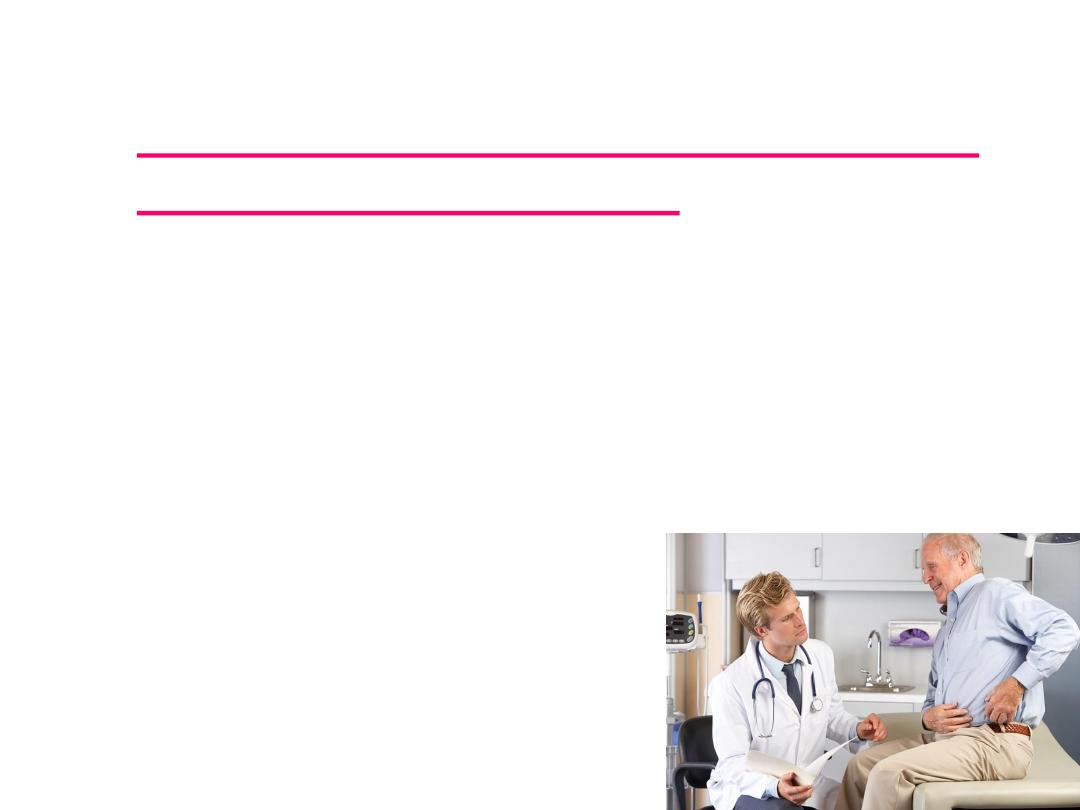
7
The doctor can communicate this to
patient in various ways:
a) Greeting the patient by name.
b) Rising to meet patient.
c) Shaking hand with patient.
d) Indicating where he can sit.
e) Engaging in some preliminary informed chat.
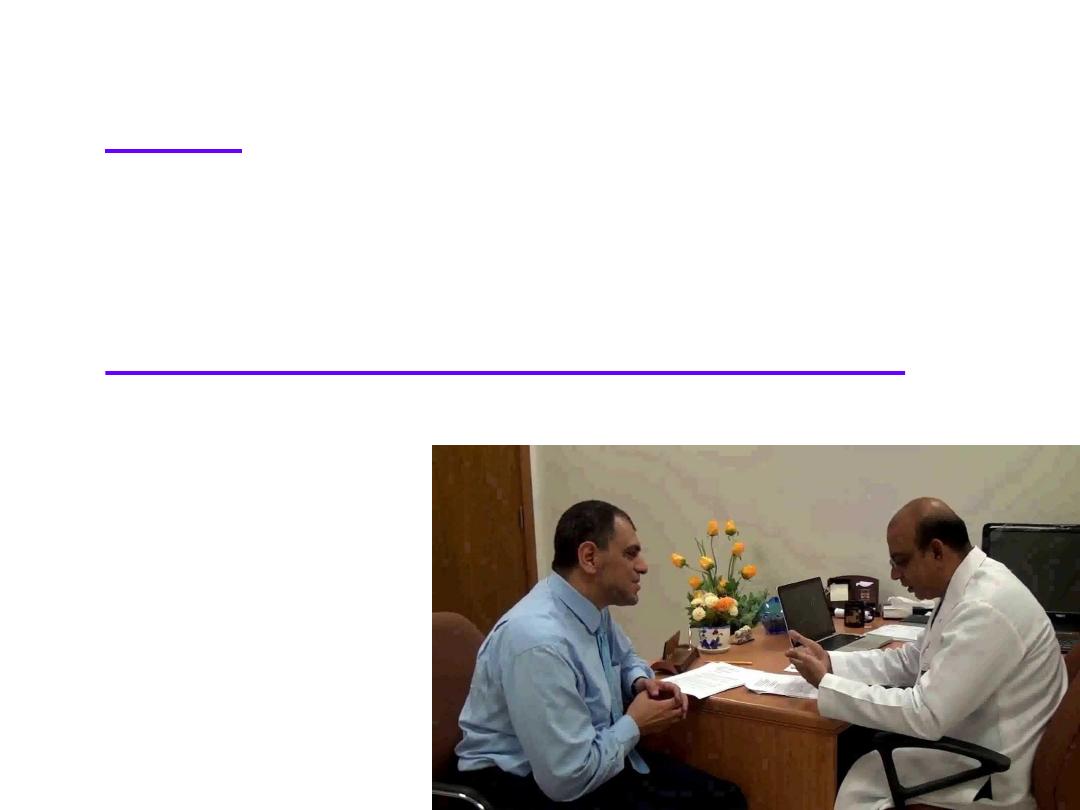
8
• Setting
of the consultation can strongly
influence the type of communication
(appearance and seating arrangement ).
• Compassion, interest and thoroughness
are
essential components of successful patient
care.
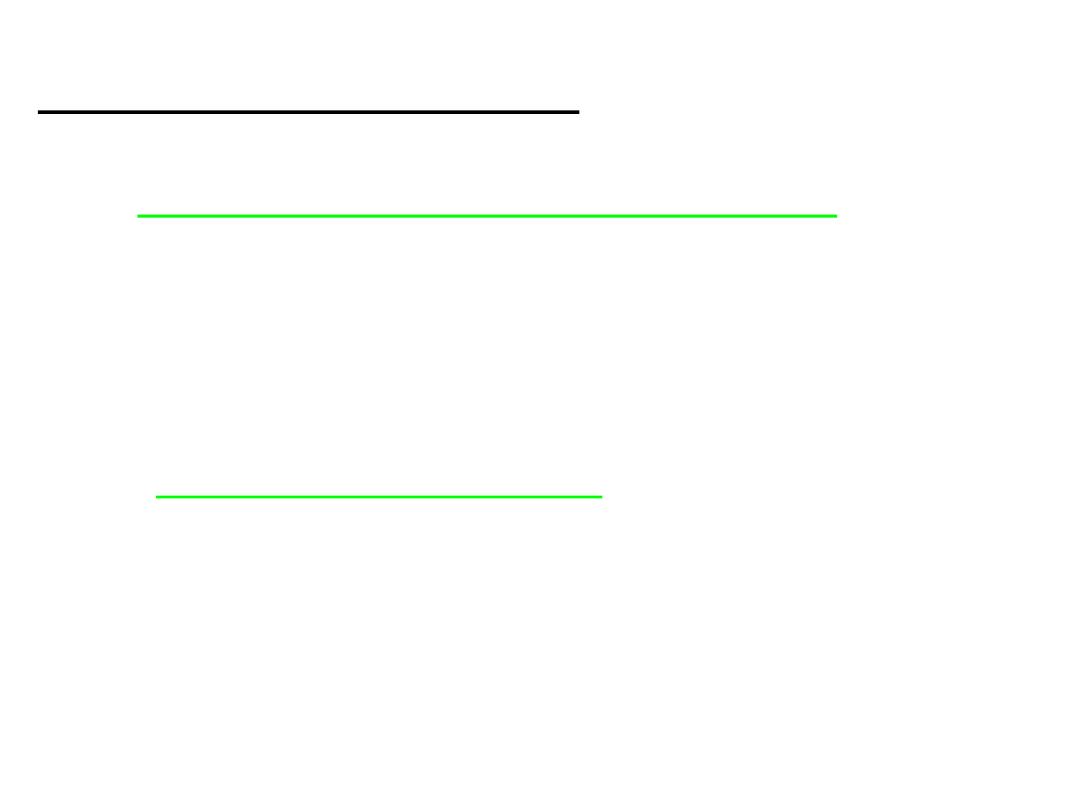
9
Routine tasks in consultation:
1.Discover the reasons for patient attendance
a) Listen to patient, look for cause, try not to interrupt.
b) Obtain relevant social and occupational information.
c) Explore patient health understanding.
d) Enquire about other problems.
2. Define the clinical problems
a) Obtain additional information about critical symptoms or
details of medical history.
b) Assess the condition of patient by physical exam.
c) Make a working diagnosis.
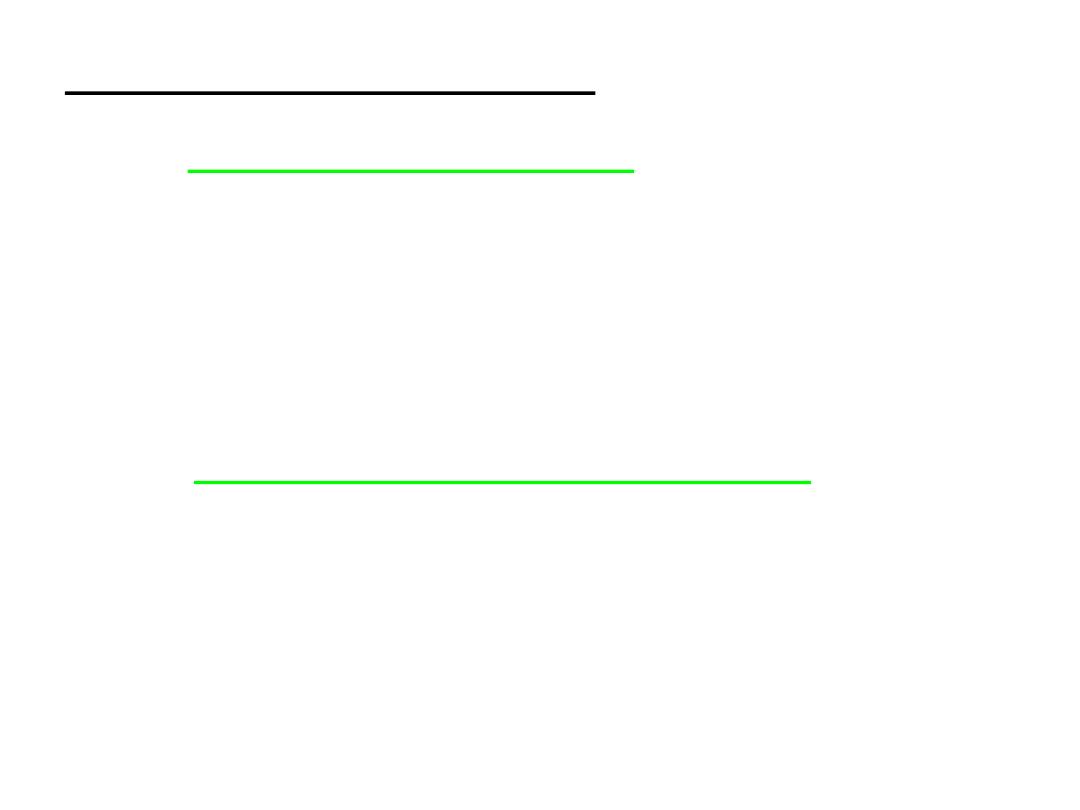
10
Routine tasks in consultation (cont.):
3.
Address patient problems
a) Assess severity of presenting problem.
b) Choose appropriate form of management.
c) Involve patient in management.
4. Explain the problems to the patient
– Share you finding with patient
– Tailor explanation to the needs of patient
– Ensure explanation is understood and
accepted
.
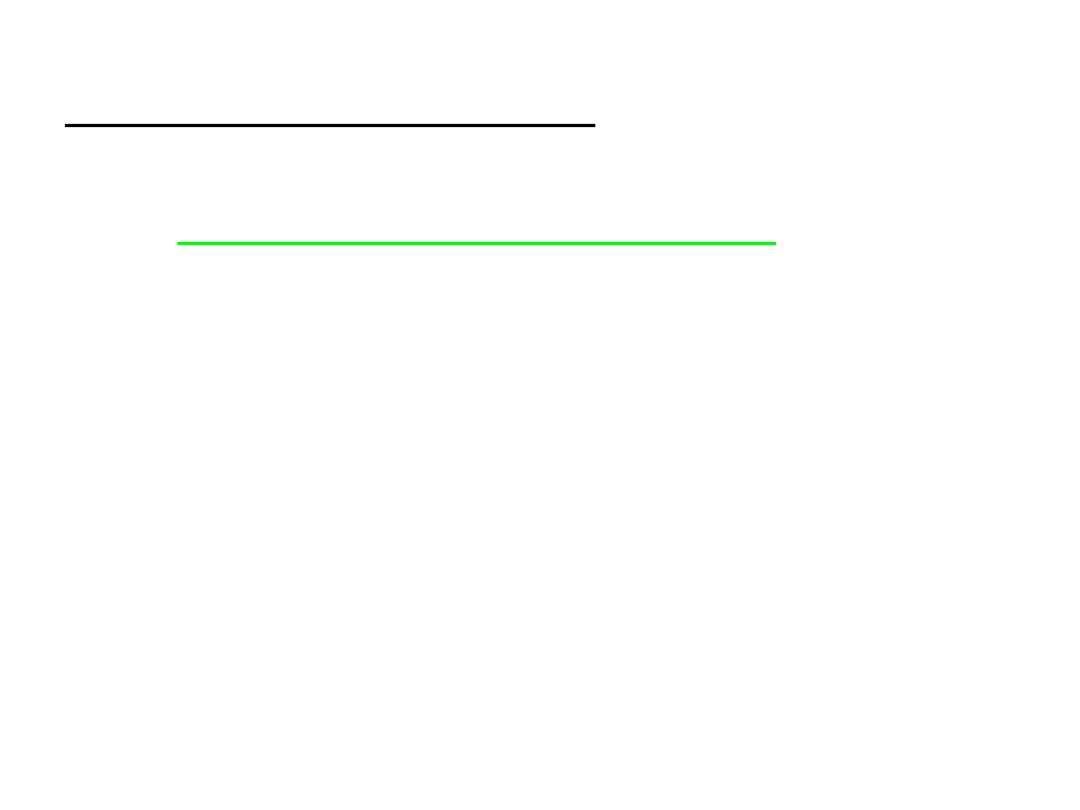
11
Routine tasks in consultation (cont.):
5. Make effective use of consultation
a) Make effective use of resources, time,
investigations, other health professional and
prescribing.
b) Establish an effective relationship with
patient.
c) Give opportunistic health promotion advice.
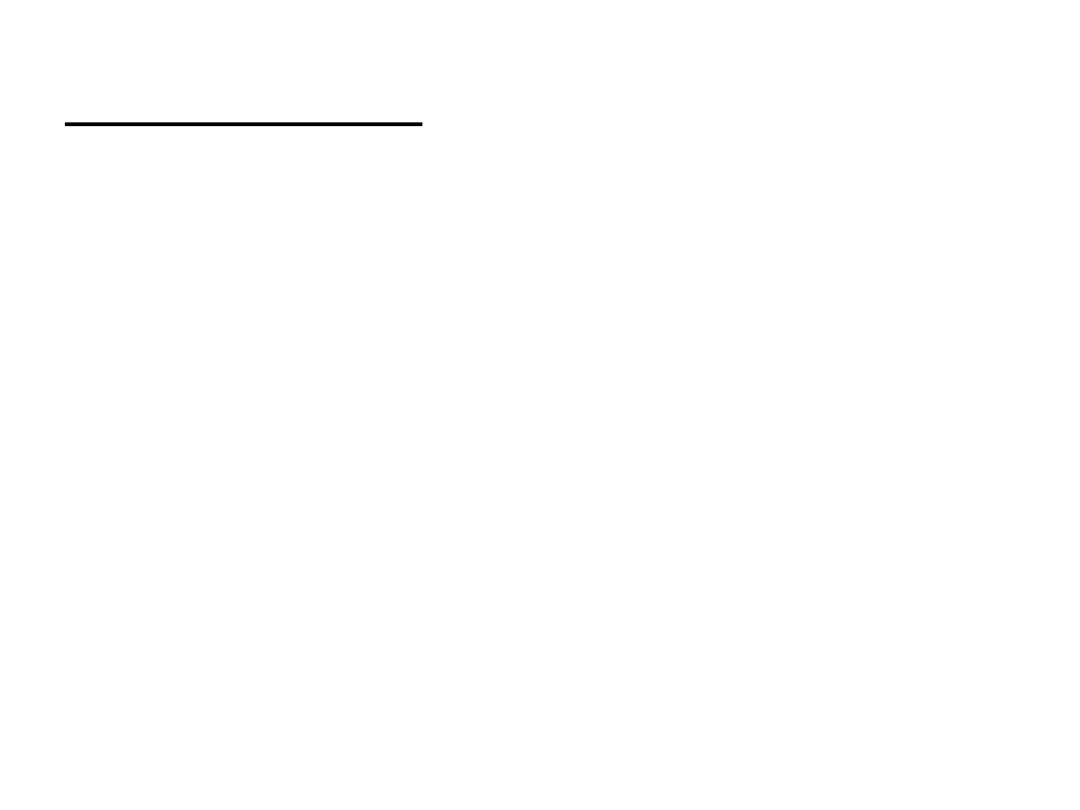
12
Consultation style
1)
Doctor centered
= Dr. has authority, patient is
passive and relying on Dr. judgment.
2)
Patient-centered
= patient is active.
Dr. encourage patient to report not only symptoms but
also their thoughts, feeling about their illness and
their expectation of the consultation.
●
Consultation should be more of dialogue and
meeting between two experts.
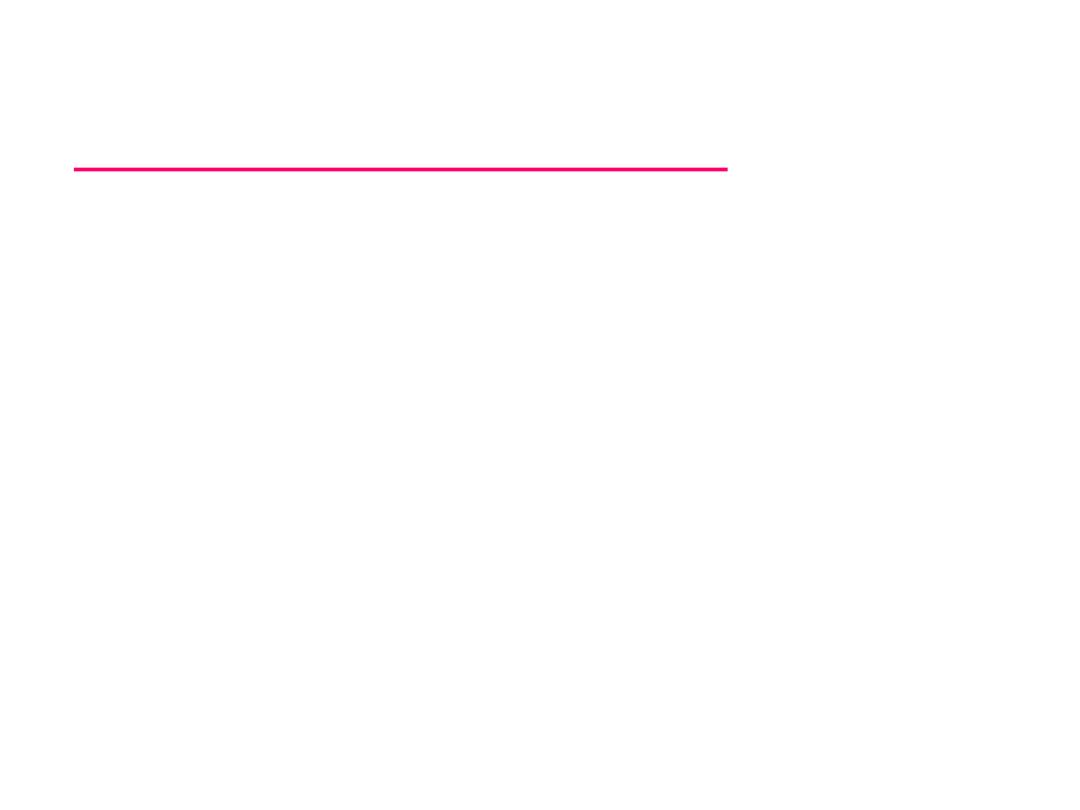
13
Patients are more satisfied when
1. The Dr. discovers and deals with patient
concern and expectation.
2. Communicate warmth.
3. Shows interest.
4. Concern about the patient .
5. Volunteers a lot of information.
6. Explain matters to patient in terms that are
understood.
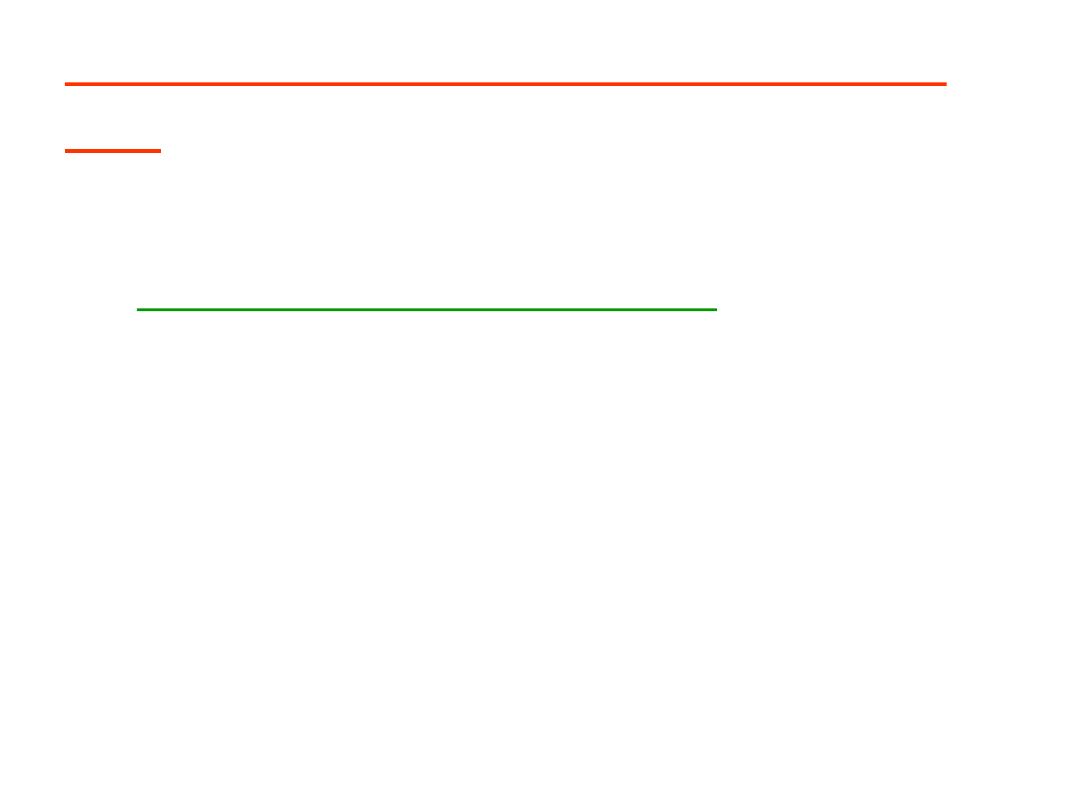
14
The clinician needs to master a broad range of
skills:
1.
Interpersonal skills
= ability to communicate and to
make relationship with patients
The key skills of the consultation are:
a) Questioning.
b) Listening.
c) Responding.
d) Explaining.
2.
Reasoning skills
= ability to gather appropriate
information, interrupt and then apply it both in dx and
management.
3.
Practical skills
= ability to perform physical exam and
to use medical instrument.
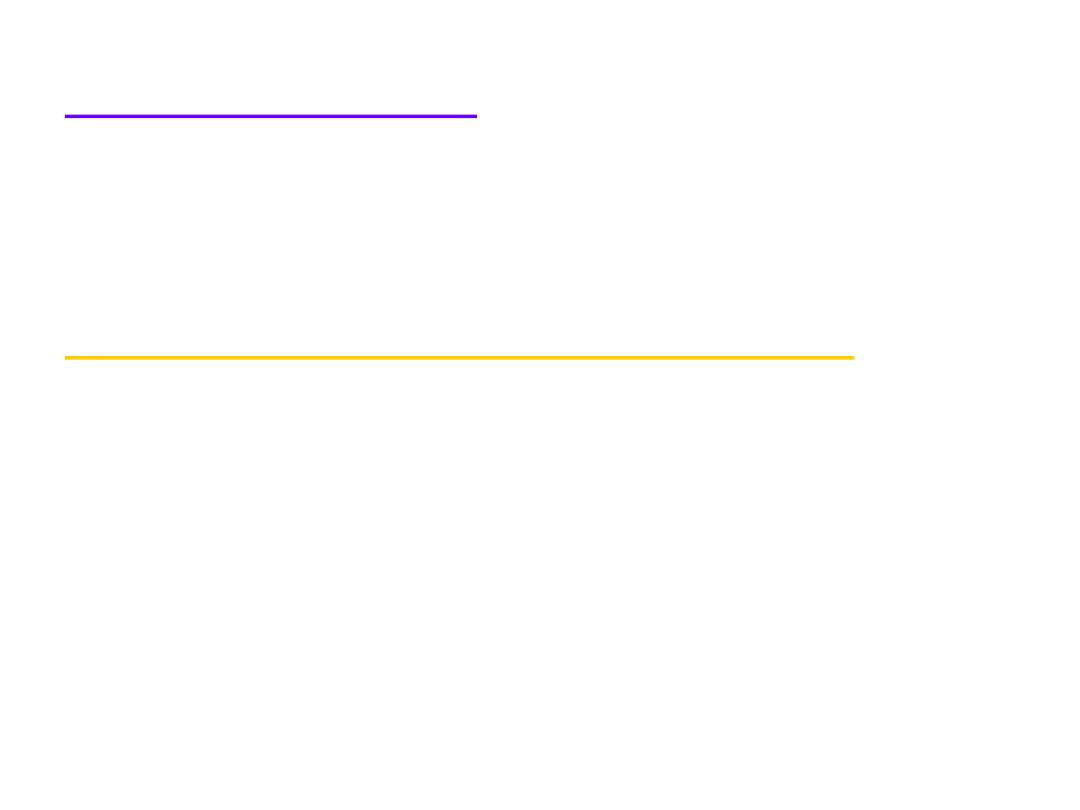
15
Diagnosis is made by:
a) History
(82%).
b) Exam
(9%).
c) Investigations
(9%).
Components of consultation competence
1. Interviewing/ history taking.
2. Physical exam.
3. Patient management.
4. Problem solving.
5. Behavior/ relationship with patient.
6. Anticipatory care.
7. Record keeping.
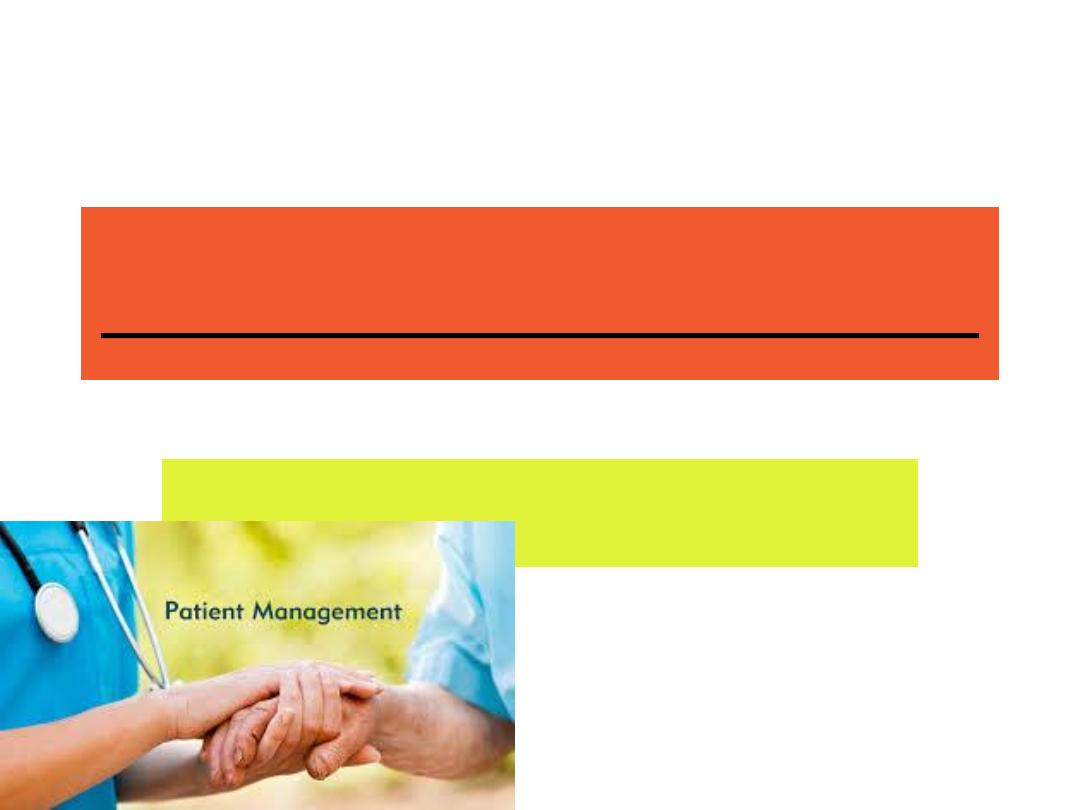
Patient management
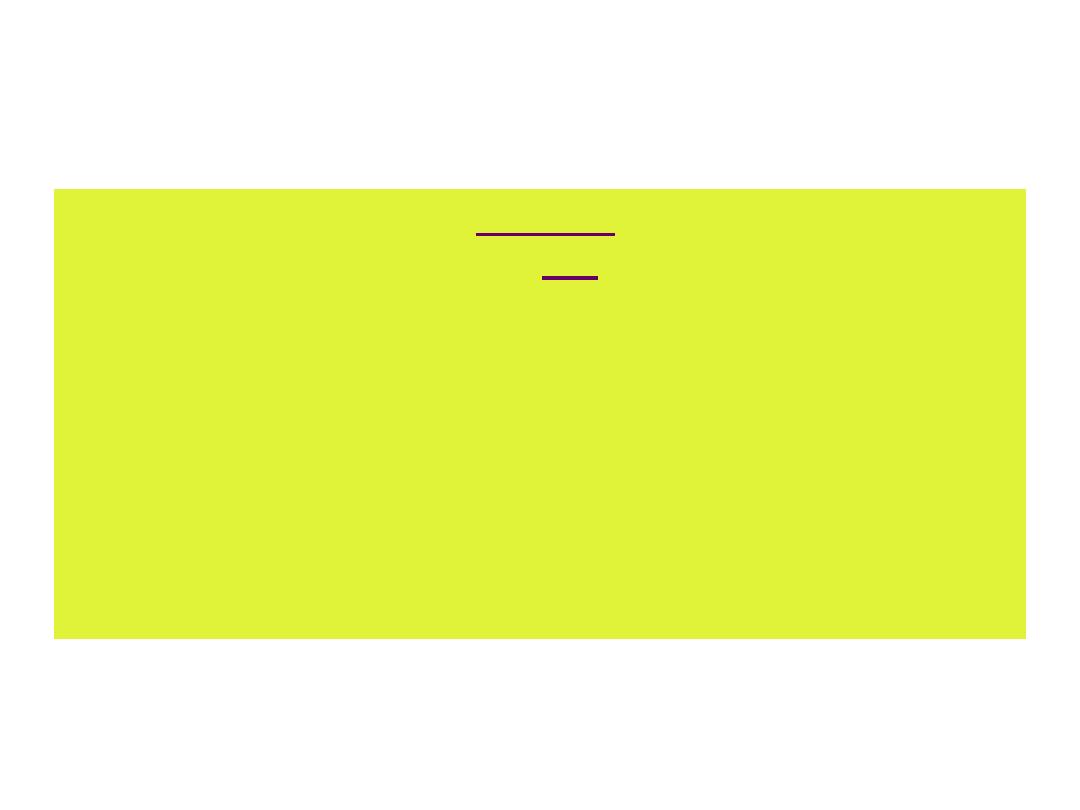
17
• If the diagnosis is the
science
of clinical method,
then management is the
art
.
• The doctor must judge what is best for each patient.
• Management must be geared to the particular
problems & circumstances of individual patients.
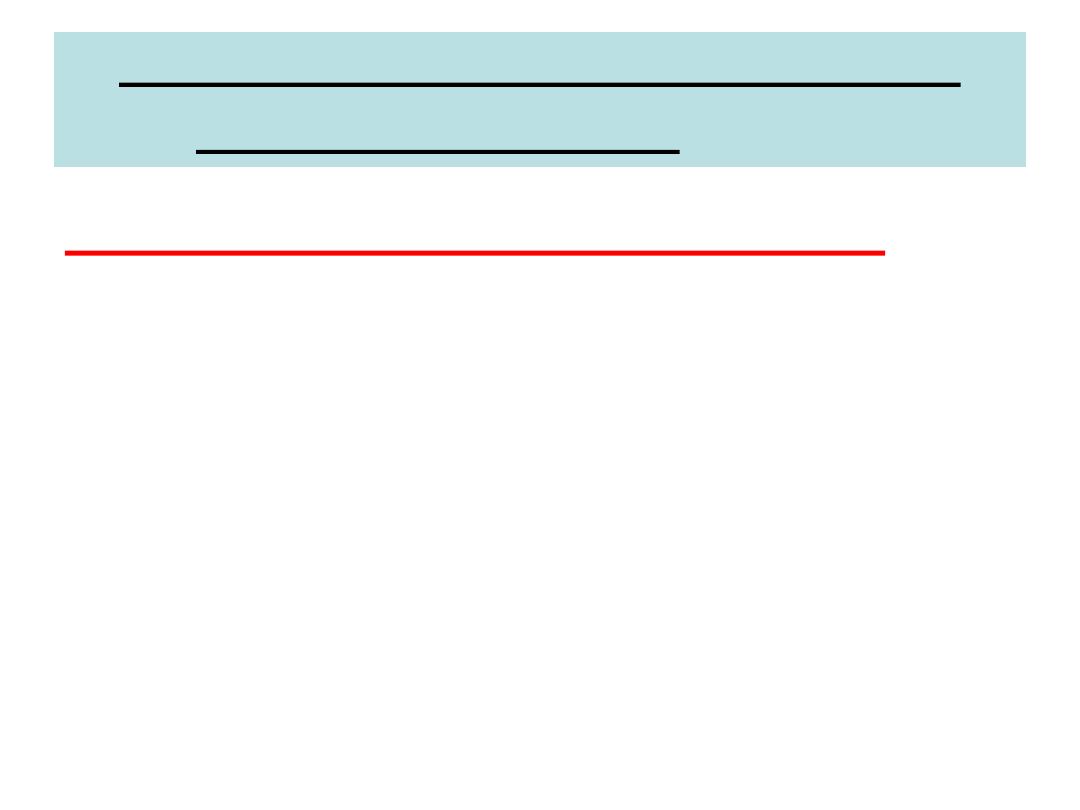
18
Management should be considered under the
following broad headings (RAPRIOP)
1) Reassurance and / or explanation
• The need for reassurance may be the main
reason for the pt. presenting to the doctor.
• Reassurance & explanation are frequently
administered by the family doctor.
• Inappropriate reassurance can damage the
Dr-pt. relationship.
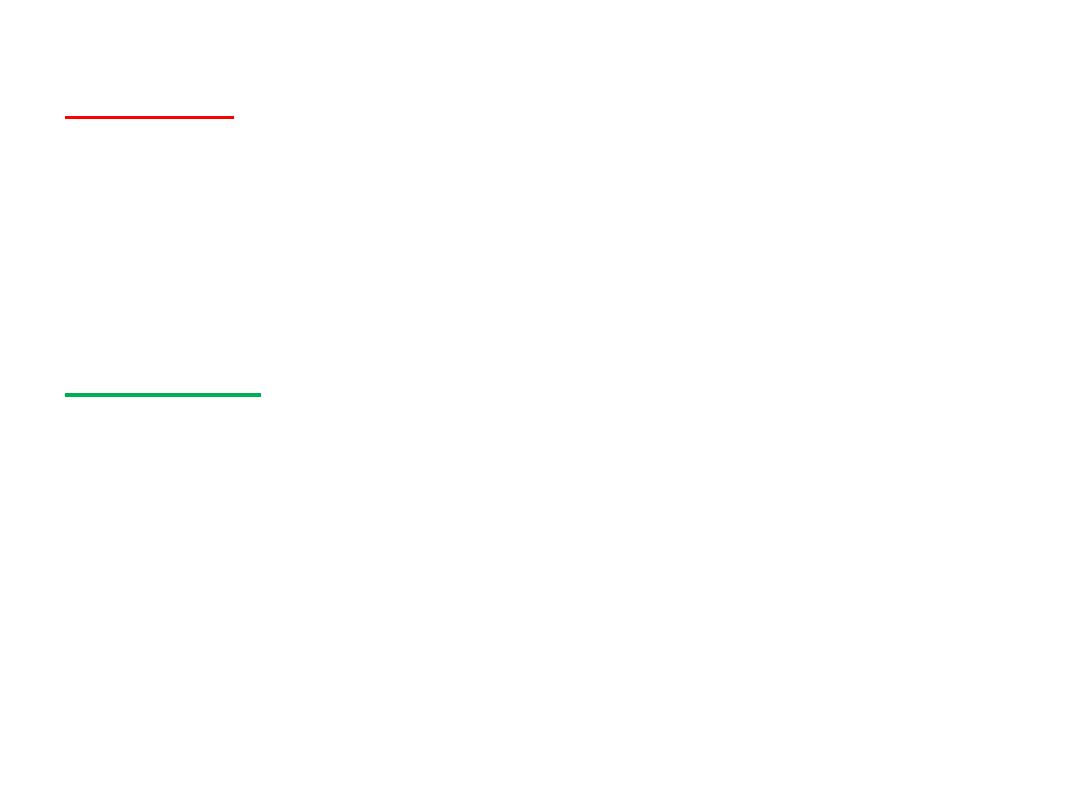
19
2) Advice
• management should be considered in terms of physical,
emotional & social aspects where appropriate.
• Advice must be related to pt. circumstances & life style
.
Counseling
• counseling is the various techniques & methods by
which people can be helped to understand themselves
& to be more effective.
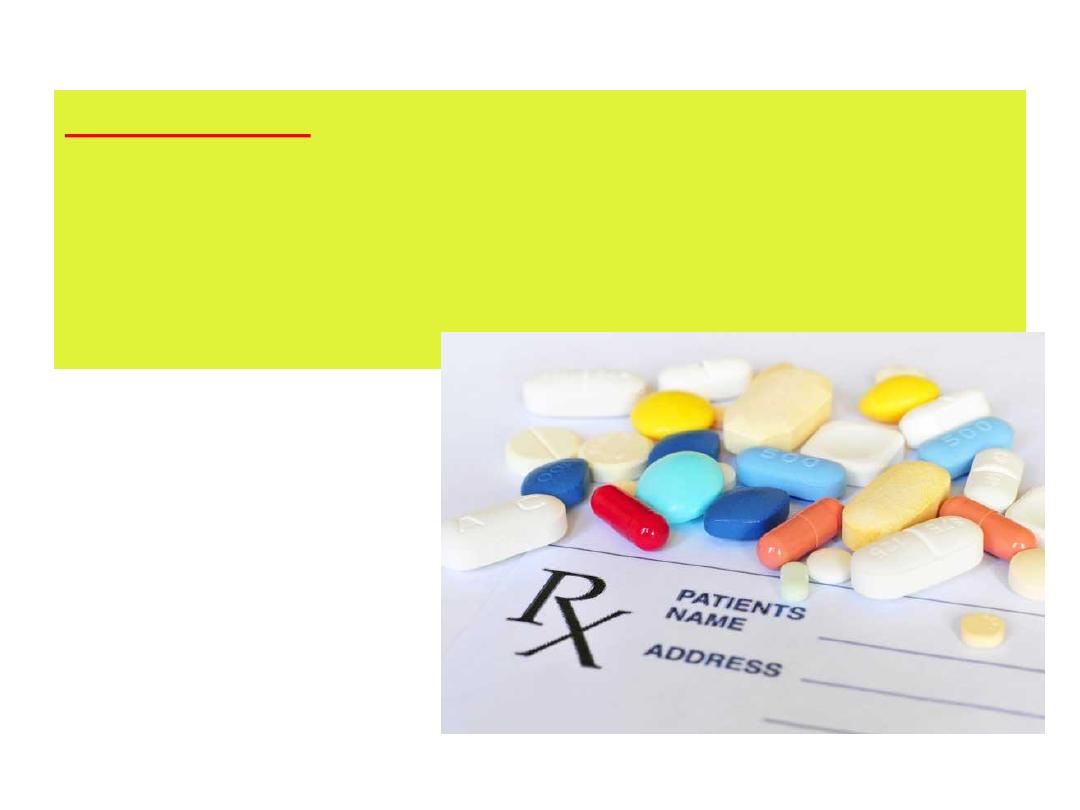
20
3) Prescription
• check 1st if a pt. has been taking self-medication & for
how long & with what effect.
• Prescribing must take into account patient expectations
& their autonomy.
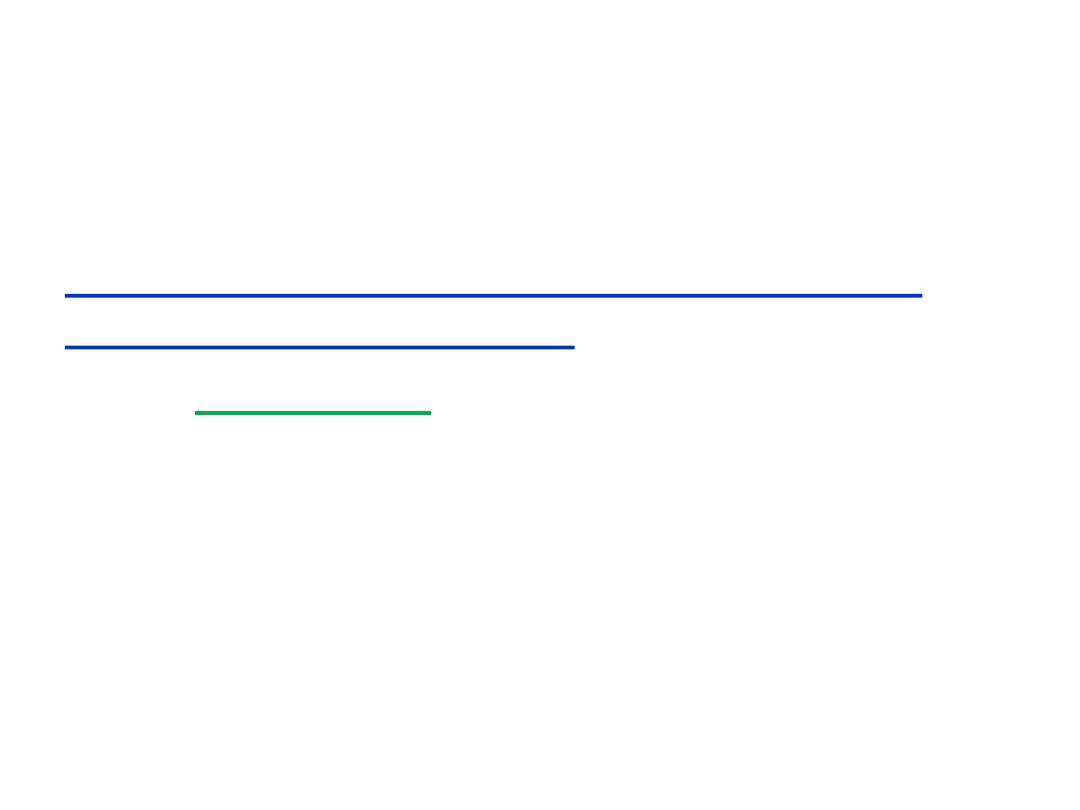
21
Before prescribing ask yourself the
following questions:
1) what are the clinical aims of prescribing for this
particular patient ? Are these:
a. Therapeutic?
I.
Preventive e.g. antibiotic use prior to dental
extraction in Rh. Heart disease.
II. Curative e.g. Antibiotic for infection.
III. Symptomatic e.g. NSAID for ostearthrosis.

22
b. Tactical?
I.
To gain time e.g. antacid for dyspeptic pt. who is
waiting endoscopy.
II.
To maintain contact with the patient: asking pt. to
return after a period of time on a drug to give a
progress report.
III.
As a trial of Rx e.g., a course of disodium
cromoglycate in a young man with a history
suggestive of exercise- induce asthma.
IV. To relieve the doctors anxiety when there may be
clinical uncertainty e.g. systemic antibiotic plus
antihistamine for an acute inflammatory lesion of a
limb which could be infective or allergic or both.
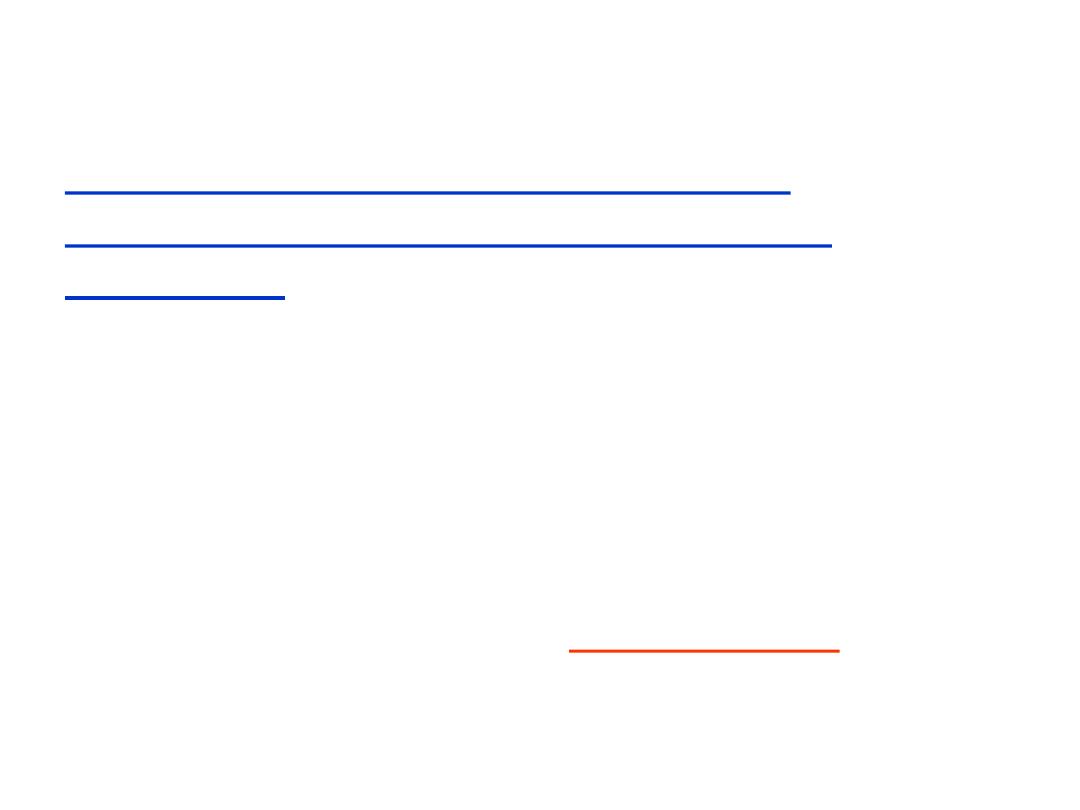
23
2)
What evidence is there that the natural
history of this problem will be helped by any
medication?
Many pt. expect the dr. to prescribe antibiotics for U.R.T.I.
There is now considerable evidence that antibiotics
have no effect on the duration of such infections.
Prescribing an antibiotic in these circumstances reinforces
pt. belief in the necessity of such treatment every time
he develops such symptoms
(medicalization).
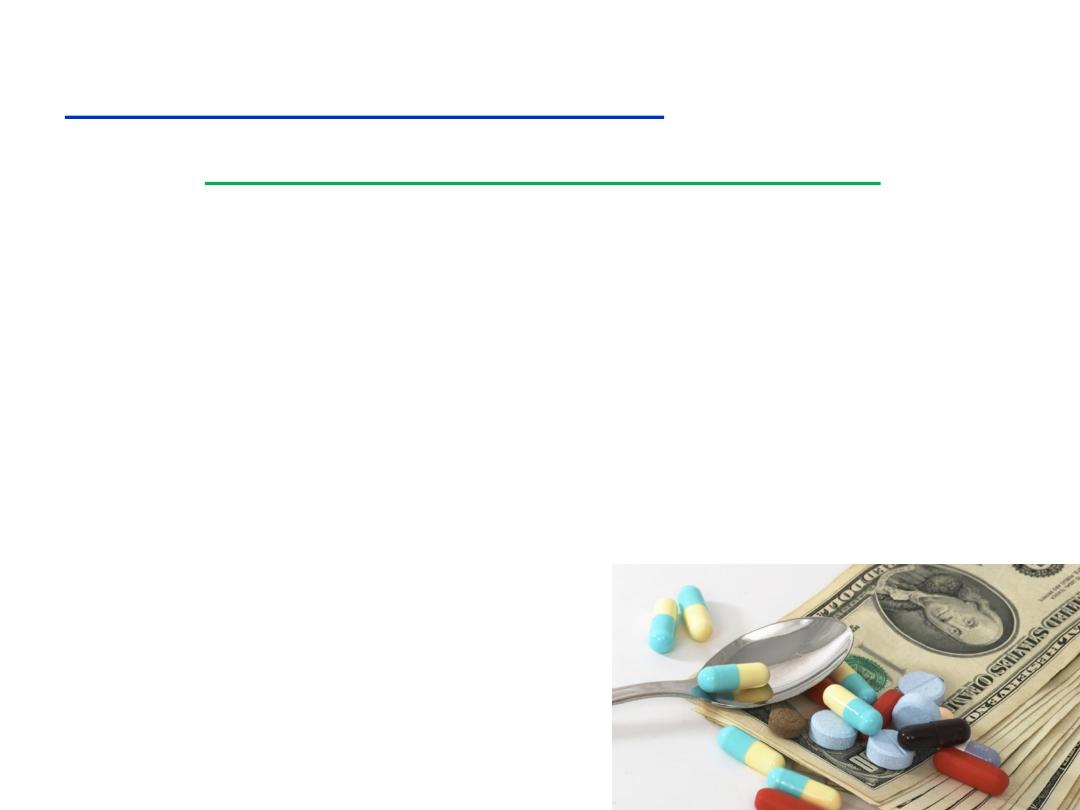
24
3) In prescribing any drug or drugs
a. What evidence is available regarding?
I.
Comparative effectiveness?
–
Which diuretics to use? Which NSAID to use?
Which antibiotics to use?
II.
Comparative hazards?
–
Drugs are one of the prime factors in iatrogenic
diseases especially among elderly.
III. Comparative cost?
–
As a rule generic preparations cost less than
proprietary drugs.
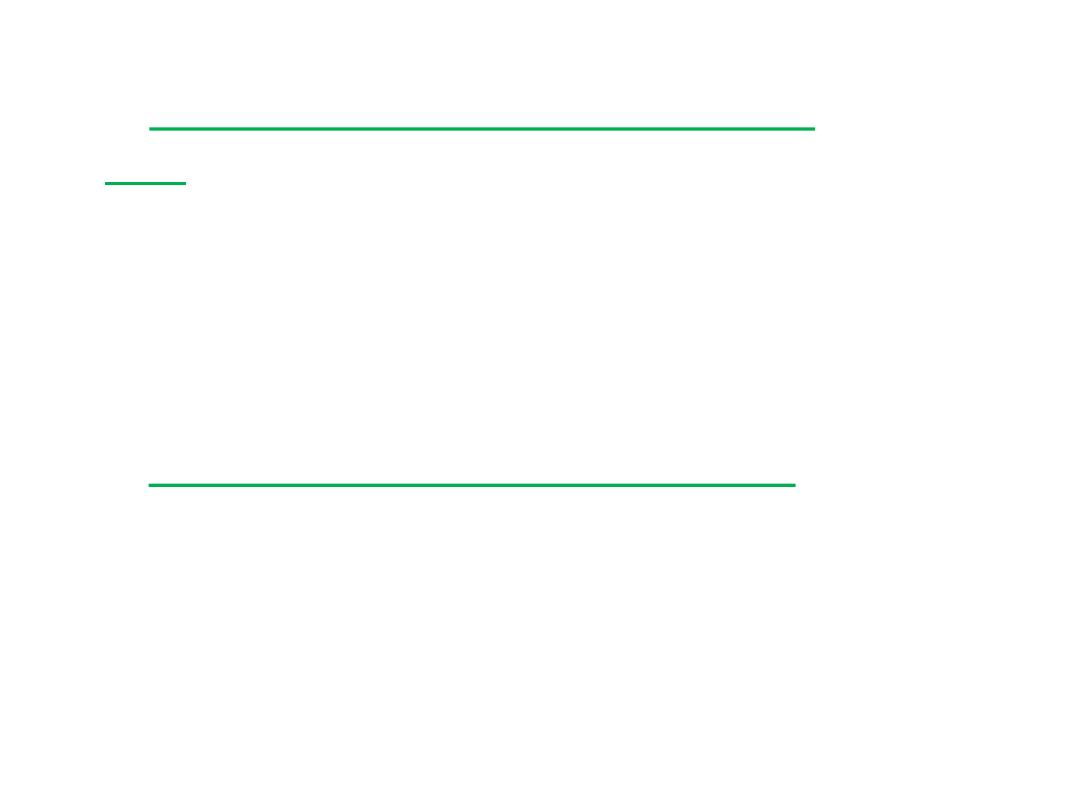
25
b. What are the contraindications to their
use?
Previous allergic reaction for antibiotics is a relatively
common contraindication and labeling the front of the
patient medical record with a red warning sticker can
serve as a useful reminder to the dr. on future.
c. What interactions are to be avoided?
The risk of interaction increases with the number of drugs
prescribed. Useful drug interaction card indices, wall
charts, discs and slide rules are available.
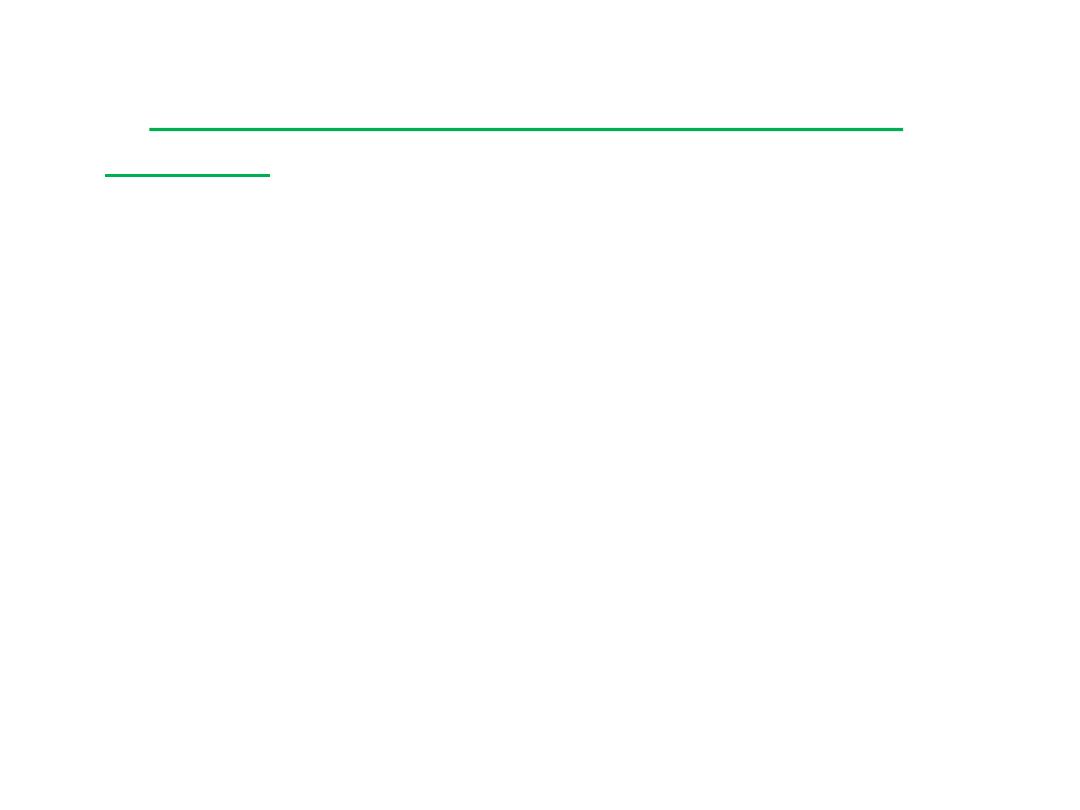
26
d. What factors influence optimal dosage and
duration?
Timing relative to meals, body weight, age, route of
administration, half-life of drugs, renal or hepatic
impairment and drug interactions.
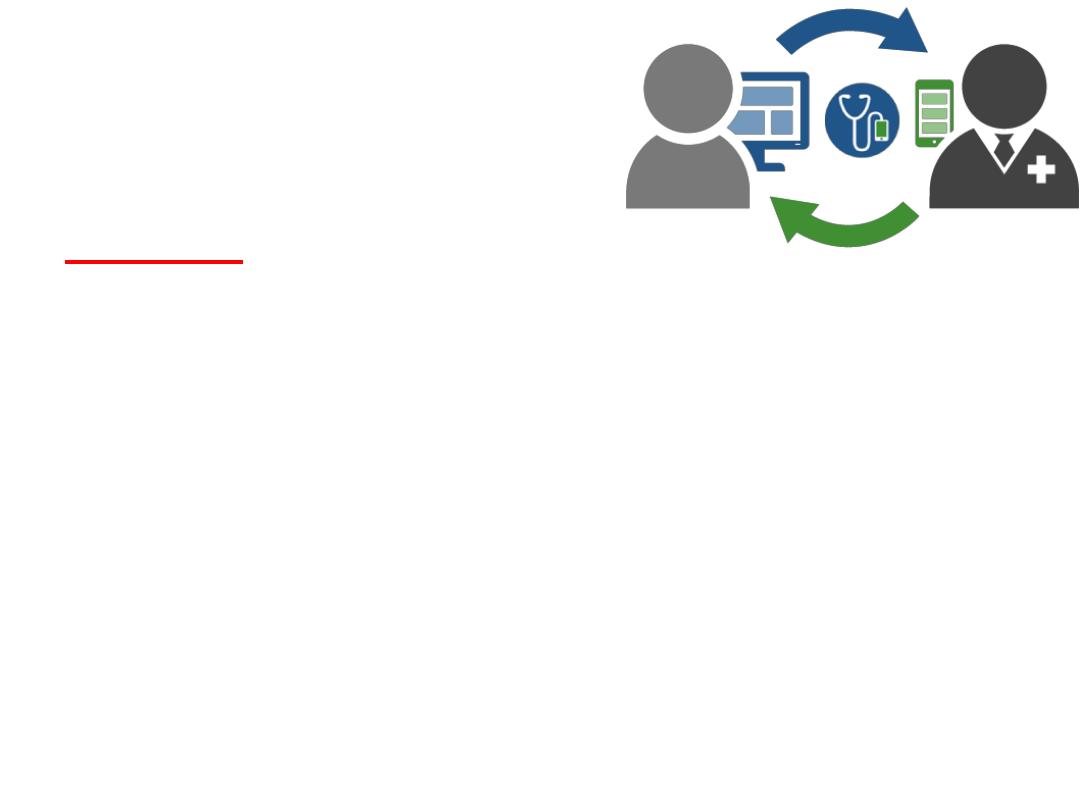
27
4) Referral
The doctor in the medical center can deal with the
Majority of his patient and refer when appropriate to:
a) Colleagues or partners with special interests or
expertise.
b) Other members of primary health care team e.g.
dieticians, social workers, health visitors.
c) Helping agencies.
d) Hospital consultants as outpatients or inpatients
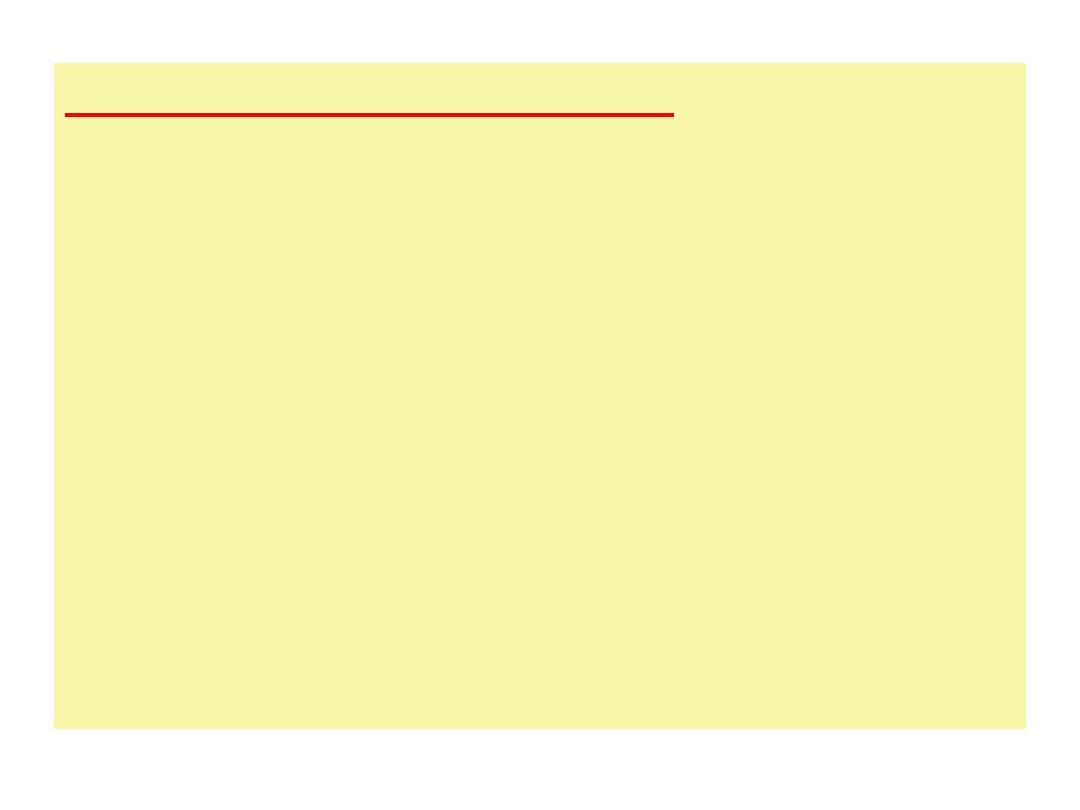
28
Reasons for referral to hospital
1. To obtain specialist Rx e.g. surgery or
dialysis.
2. To obtain opinion on diagnosis or
management of a difficult problem.
3. To gain access to certain diagnostic and
therapeutic facilities.
4. To accede to p.t or relatives anxiety or
pressure.
5. To provide reinforcement of advice
given to a poorly complaint patient.
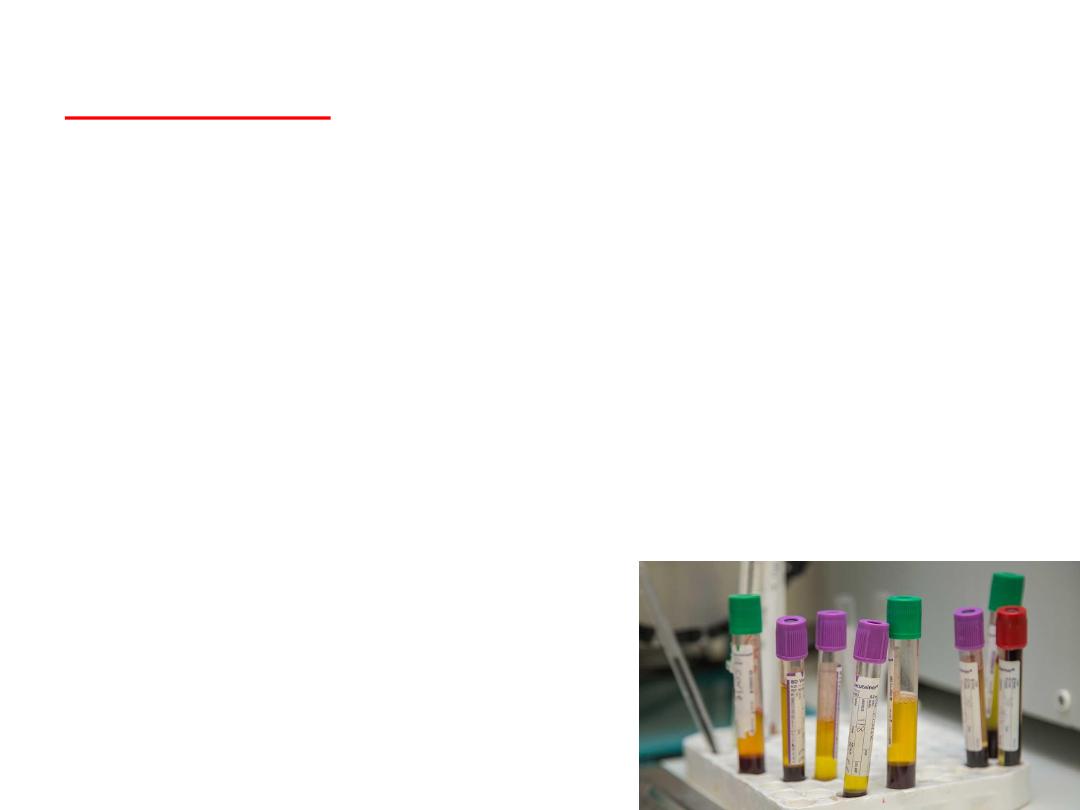
29
5) Investigation
Investigation can be performed for diagnostic or
therapeutic reasons
a. To confirm or to make more precise dx. suspected
from history and exam.
b. To exclude an unlikely but important, and treatable
disease.
c. To monitor the effects or side – effects of medicine.
d. To screen an asymptomatic patient
e. To reassure an anxious patient
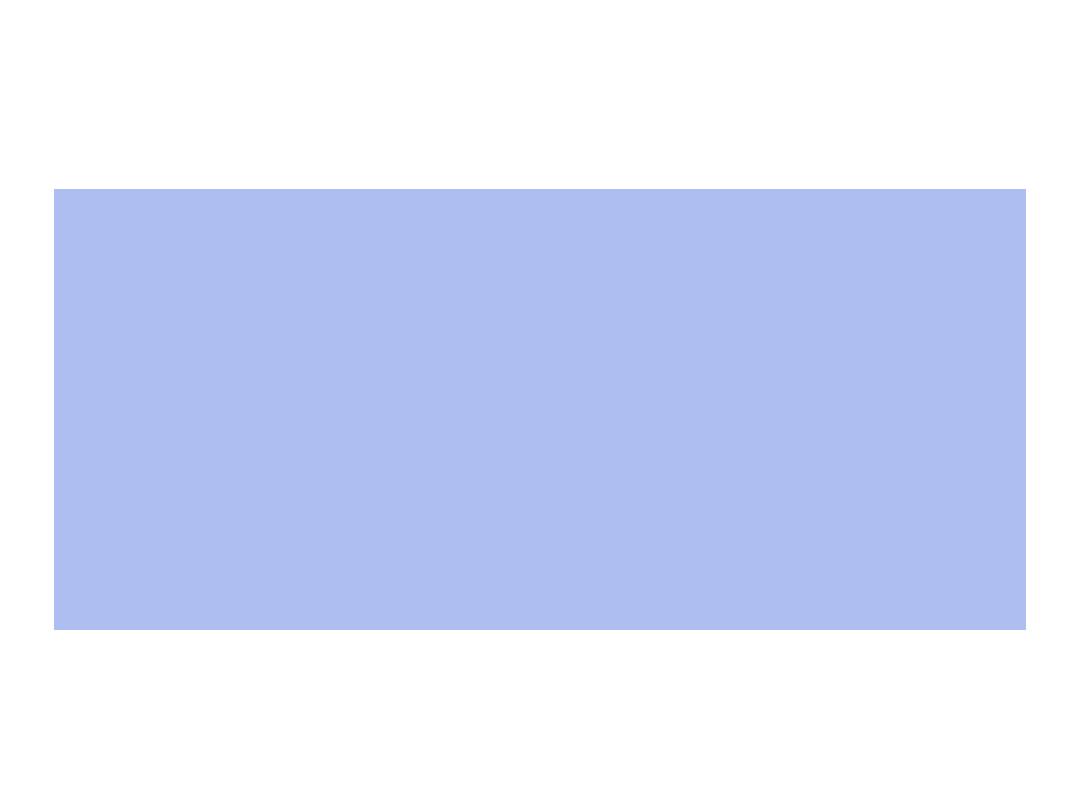
30
• The decision to investigate a patient is based on
clinical judgment which is influenced by clinical
findings.
• The justification for any investigation should surely
be to answer the specific clinical question relating
to Diagnoses and management only when there is
doubt as to either.
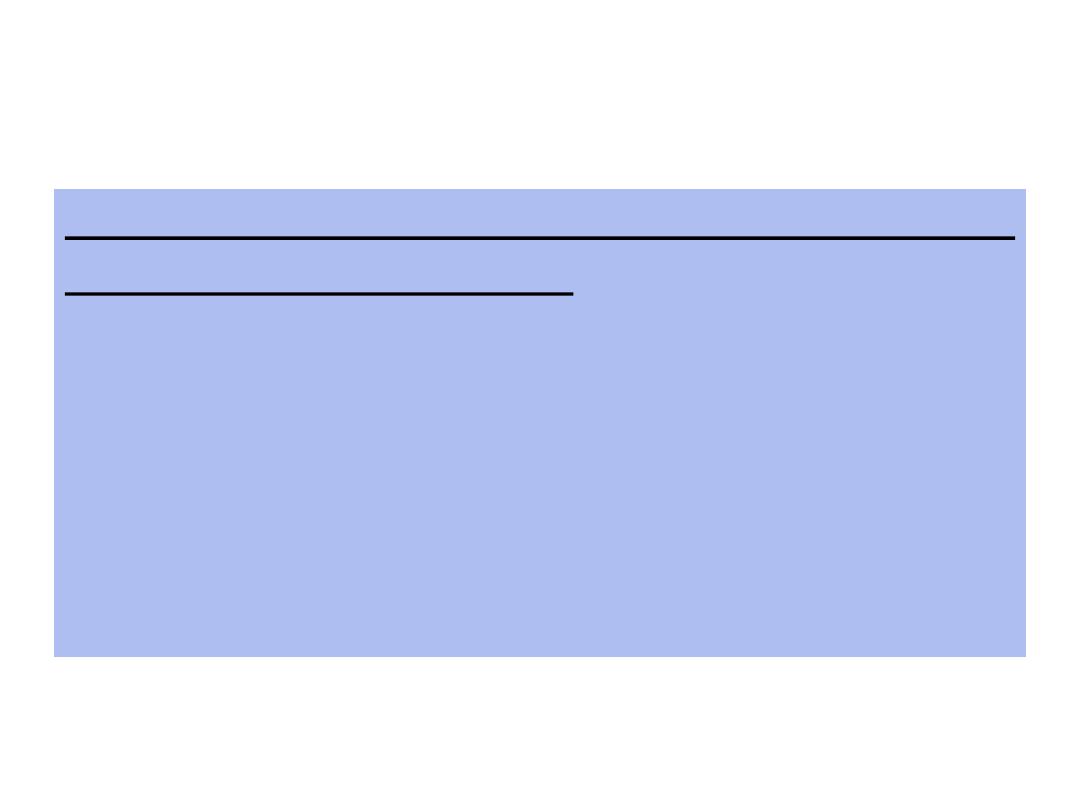
31
The questions a clinician should ask himself before
requesting an investigation
a. Why am I ordering this test?
b. What am I going to look for in the result?
c. If I find it , will it affect my diagnosis?
d. How will this affect my management of the
case?
e. Will this ultimately benefit the patient?
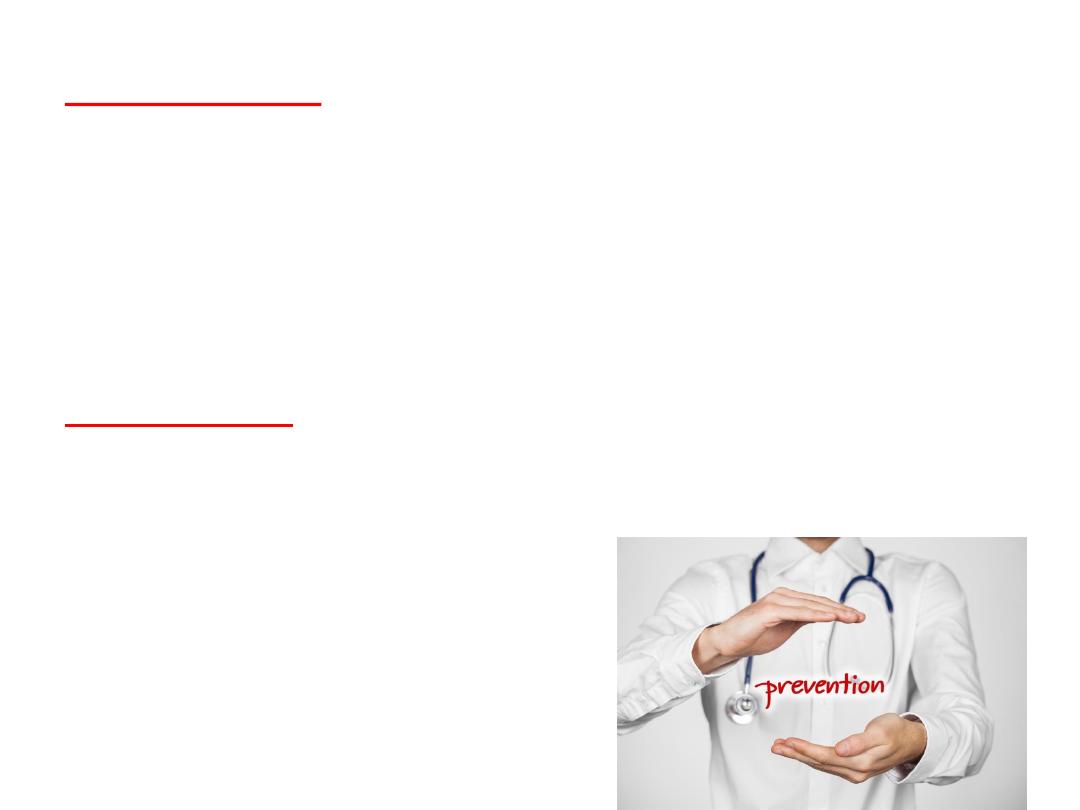
32
7) Observation
• Observation / follow up is very efficient in the medical
centers as patient can make further appointments easily
and as frequently as necessary.
• For some problems reassurance , explanation and follow
up are the only parts of management which are
necessary.
8) Prevention
Prevention, care and cure are all part of anticipatory
care which encompasses both health promotion and
disease prevention.
